By Katie Caprino
The leaves are falling. You’re drinking your pumpkin-spice (a new word, according to Merriam-Webster!). And you may be beginning to think about what you want to plant for your spring garden. Well, even if you’re not that ahead (and it’s certainly okay if you’re not!), I want to put your mind in spring mode today by sharing three new children’s picture books that feature gardening and nature.
When I think about the reasons why so many picture books about gardens and nature have sprouted in 2022, I have to think it had something to do with so many of us looking for outlets during times of remote learning and working and a desire to appreciate the beauty of the natural world that comes from the areas of mindfulness and self-care. But it is important to acknowledge that children’s picture books about gardening and nature are certainly not brand new. Browsing a bookstore recently, I happened upon The Gardener, a 1988 Caldecott Honor Book written by Sarah Stewart and illustrated by David Small. Set in the Depression era, The Gardener tells the story of Lydia Grace, a little girl who goes to live with her uncle for a time. Leaving her grandma and parents behind, Lydia Grace takes seeds to the city, which she uses to grow beautiful planters and rooftop gardens. Nevertheless, I’m hopeful this blog will help you with your green thumb and, most importantly, give you some teaching ideas for your book garden.
If you’re in look of an inspirational tale of citizen scientists, then author Barb Rosenstock and illustrator Erika Meza’s 2022 The Mystery of the Monarchs: How Kids, Teachers, and Butterfly Fans Helped Fred and Norah Urquhart Track the Great Monarch Migration is the book for you! Fred Urquhart grew up a wonderer. His lifelong question was Where do the monarchs go? This question ended up being his life’s work - and with the help of his wife, other scientists and enthusiasts, and classes of students, he figured out his answer! Not only does this book teach readers about where the monarchs go - but it also serves as an inspirational tale for citizen scientists. If you and your students would like to engage in citizen science, you can go to National Geographic’s Citizen Science Projects page!
Authors Phyllis Root and Gary D. Schmidt and illustrator Melissa Sweet created a most spectacular title Celia Planted a Garden: The Story of Celia Thaxter and Her Island Garden. Celia Thaxter grows up on White Island and Appledore, islands off the New England coast, planting beautiful gardens. Even when she moves to the mainland after she is married, Thaxter returns to Appledore to plant flowers and engage with the wildlife. She also becomes known as a writer who shares her passion for the beauty of gardening. Invite your students to write about the beauty in the world around them after reading this absolutely stunning text.
Each of these 2022 children’s picture books inspire readers to think about gardens and nature in myriad ways - whether it be to think deeply about the life cycle, engage in wonderings about the world around us, or beautifying the world and writing about it. May you to continue to grow your book garden - and please write and tell me all about it!
Kathryn Caprino is a CLA member and is an Assistant Professor of PK-12 New Literacies at Elizabethtown College. She blogs frequently at Katie Reviews Books and can be followed on Twitter @KCapLiteracy.
By Kathryn Will and River Lusky As we emerge from a long winter with the lengthening of days to warm the earth, I am drawn to books that get us thinking about nature–the plant and animal life in the world. As the NCBLA committee will tell you, I love books about nature, and this year many of the books we reviewed for the 2022 Notable Children’s Books in the Language Arts award list were about the natural world. For this text set we chose three books that leverage nonfiction, poetry, and a picture book to develop content knowledge, build vocabulary, and encourage divergent thinking about the natural world. They invite readers to be curious about nature in both big and small ways. Teachers can easily deepen and extend the texts through a variety of activities, and we have created a few to get you started. Wonder Walkers
If you are interested in learning more about how Micah Archer creates her collages check out the two videos below. The first provides a a brief glimpse of her printmaking, and the second offers a much more extensive look into how she creates the collage materials and assembles them for the book.
What's inside a flower and other questions about science and nature
Author Read Aloud. Brightly Storytime is is a co-production of Penguin Random House. The dirt book: Poems about animals that live beneath our feet
Announcing the 2022 NCBLA list
These are just three of the 774 books the seven members of the Notable Children’s Books in Language Arts book award committee read and reviewed for consideration of selection for the 30-book list created annually. The careful analysis and rich discussions over monthly (and sometimes weekly) Zoom sessions allowed us to create a thoughtful list that meets the charge of the committee.
The charge of the seven-member national committee is to select 30 books that best exemplify the criteria established for the Notables Award. Books considered for this annual list are works of fiction, non-fiction, and poetry written for children, grades K-8. The books selected for the list must:
2022 NCBLA Committee members
Kathryn Will, Chair (University of Maine Farmington) @KWsLitCrew Vera Ahihya (Brooklyn Arbor Elementary School) @thetututeacher Patrick Andrus (Eden Prairie School District, Minnesota) @patrickontwit Dorian Harrison (Ohio State University at Newark) Laretta Henderson (Eastern Illinois University) @EIU_PKthru12GEd Janine Schall (The University of Texas Rio Grande Valley) Fran Wilson (Madeira Elementary School, Ohio) @mrswilsons2nd *All NCBLA Committee members are members of CLA Kathryn Will is Assistant Professor Literacy at the University of Maine Farmington. She served as Chair of the 2022 Notable Children’s Books in Language Arts committee. River Lusky is an undergraduate student at the University of Maine Farmington. |
Authors:
|
CLA
About CLA
|
Journal of Children's Literature
Write for JCL
|
ResourcesCLA-sponsored NCTE Position Statements
|
Members-Only Content
CLA Video Library
|
© COPYRIGHT 2018.
ALL RIGHTS RESERVED |

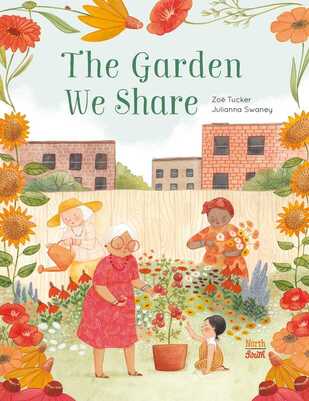

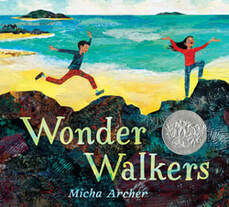
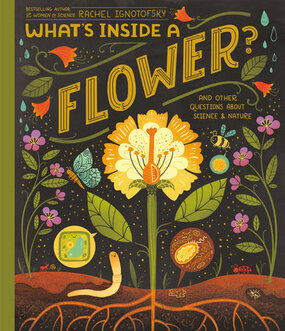
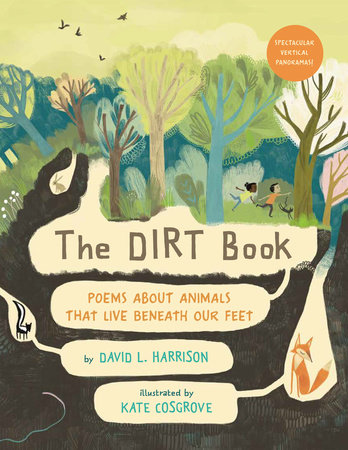
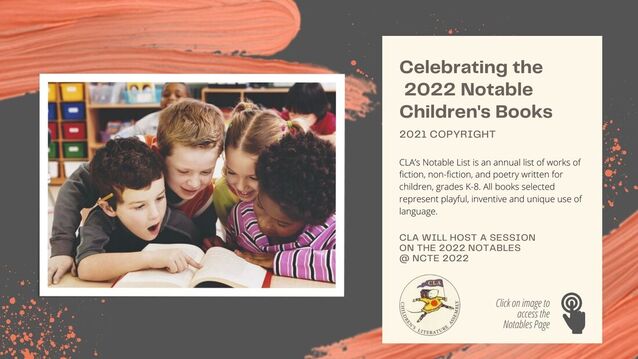
 RSS Feed
RSS Feed